Competition among eCommerce marketers is tough. Stores that sell their products exclusively online seem to be a dime a dozen. How can you make your e-store stand out from all the others?
The most crucial tip for succeeding is to have a strategy. If your online store needs a consistent marketing strategy, here are 20 tips to help you come up with one.
1. Attract Interest with Challenges
This first tip is primarily for fashion retailers, but if you’re clever, you can adapt it for almost any eCommerce store. Issue a 30-day style challenge. The challenge is to create a certain number of unique outfits from a certain number of wardrobe items. Get everyone who wants to participate in the challenge to sign up for your email list. You’ll generate enthusiasm and create a relationship with your fashion-minded clients.
2. Black Friday/Cyber Monday Sales
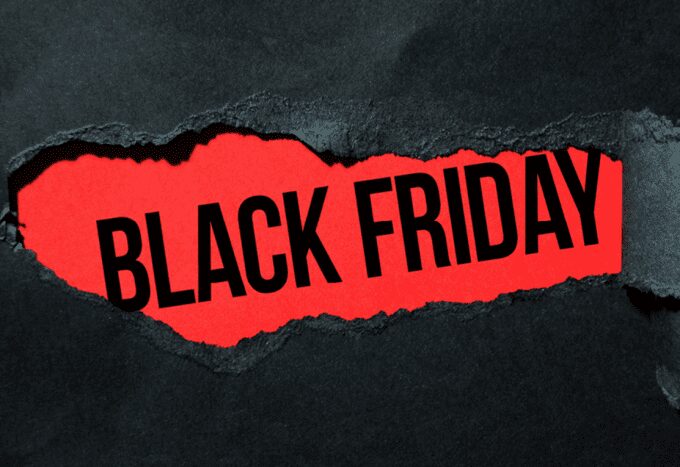
If you or your clients are primarily based in the U.S., then you know that the Friday after America’s Thanksgiving and the following Monday are two of its biggest days for online retailers. To catch the eyes of these consumers, create your own unique events, offer discounts, and consider creating one-day-only package deals with your products.
3. Collaborate with Influencers
Find high-profile influencers in your very specific niche for active collaboration. Depending on how large the influencer’s audience is and the size of their reach, you may be required to pay for this collaboration, whether you collaborate through giveaways, product placement, reviews, or affiliate links. The influencer’s already-curated audience will trust their content, exposing your product to a new group of potential customers.
4. Countdown to the Holidays
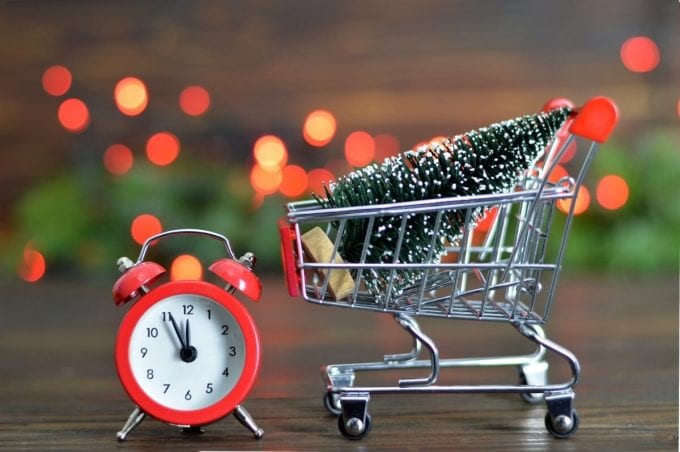
Christmas, New Year’s Eve, and the other winter holidays, like Black Friday and Cyber Monday, are times when consumers are primed to buy. Take advantage of the upcoming holiday season with deals and unique, interesting specials. Have clients sign up for the countdown, then send a customized email for each day until the holiday arrives.
5. Create a Capsule Collection
A capsule collection is a limited-time, special set of products you create in collaboration with another brand, company, or influencer. Capsule collections allow two brands to benefit from one another’s audiences mutually. An example is a collaboration between Disney and Coach; Disney fans who wouldn’t normally buy Coach products were willing to buy them out of loyalty to their favorite Disney characters!
6. Create a Series of Videos
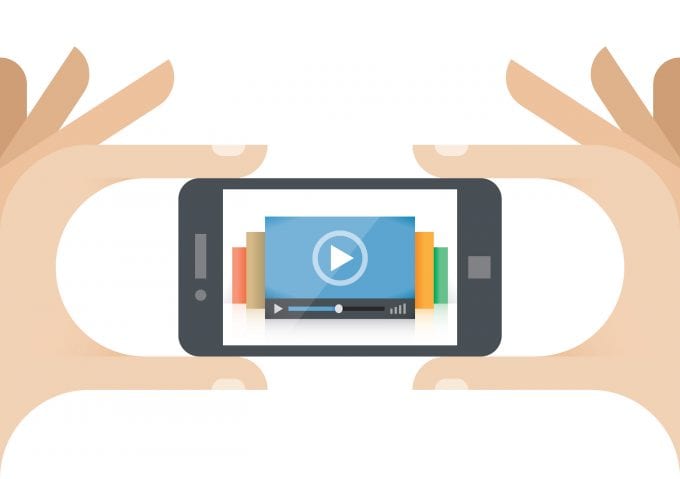
Engage your audience with short, high-value video content like how-to videos or product showcases. Show your users how to use your products; be creative, and give them reasons to want your specific goods. As you get feedback on your videos, incorporate tips from your audience on how you can make future videos even better.
7. Create High-Value Blog Posts
Like videos, blog posts should be highly valuable to your potential customers to capture their attention. Blogging not only drives traffic but also builds community, so make sure to interact with users who comment on your posts. If you focus on quality rather than quantity, potential customers will be drawn to your content and will interact with your products in a low-pressure environment.
8. Create Images for Pinterest
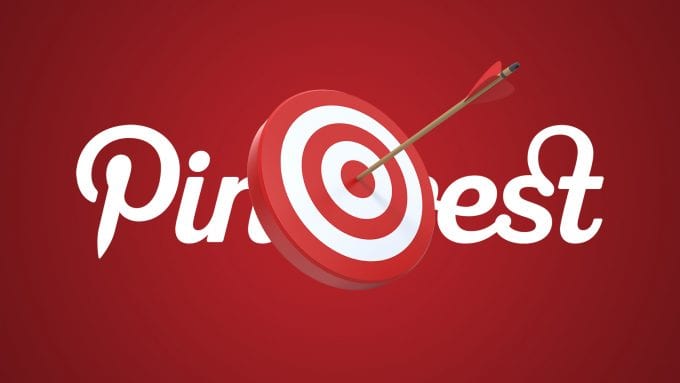
Pinterest users save images from eCommerce shops for all kinds of reasons: for inspiration, to share with a community, or to purchase later. When they pin one of your images, they’re simultaneously sharing it with everyone who follows them. By creating unique, engaging images for your eCommerce site specifically tailored to Pinterest guidelines, you’ll increase the chances that images of your product will be shared and saved.
9. Create Power Posts
“Power posts” are like reference material on your niche topic. These posts share a large amount of information in your niche, benefitting the customer by answering their questions but also benefitting your business by being SEO-optimized. By containing all the useful keywords in your niche subject, power posts drive traffic to your site.
10. Downloadable Offers
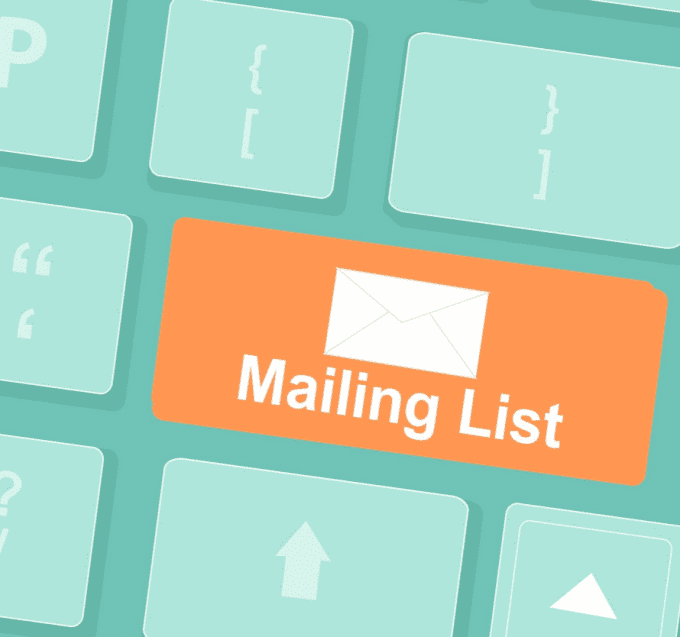
By interacting with your website users and their data, you’ve learned what interests them, what kind of questions they have and what, of which, they want more. Take this knowledge and turn it into a downloadable ebook of tips, tutorials, how-to information, useful links, or whatever your customers need. Now give away your ebook to customers who sign up for the email list. Viola! You’re building an email list and a win-win relationship with your customer.
11. Exit Intent Pop-Up
Catch potential customers as they get ready to leave your website by creating a pop-up that interacts when they go to exit your site. The pop-up can remind them that they have items ready for purchase in their shopping cart, offer them a free download or other offers in exchange for subscribing to your email list or offer a discount.
12. Host Giveaways

Who doesn’t love free stuff? Generate a buzz by giving away a free product or collection of free products. Share your giveaway on social media to attract potential new buyers and make sure they have to sign up for your email list as a condition of entering the giveaway contest.
13. Nurture Leads with Automated Emails
Visitors who’ve taken the time to sign up for your email subscriber list can be induced to buy your products if you engage them with timely, useful emails. Keep track of which products your leads visit but don’t buy and target future emails to helping them learn more about that product category.
14. Send Wish List Reminders
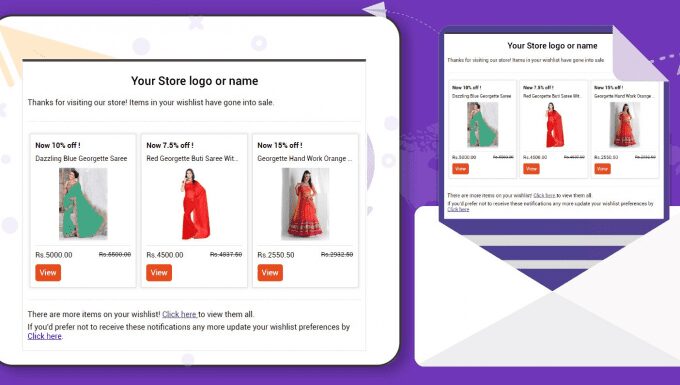
Entice customers to return to products they’ve added to their wish lists, then abandoned, by reminding them of what they wanted to buy. To make the offer even more tempting, offer a discount. Use automation to send out wishlist reminders every week or two.
15. Share User-Generated Content
After obtaining permission from the customer, share their photos, videos, and reviews from social media. Consumers trust other consumers, their peers, more than an eCommerce site they may not yet know well, so make the most of earned mentions and reviews on social media by sharing them with other customers.
16. Shopping Cart Abandonment Emails
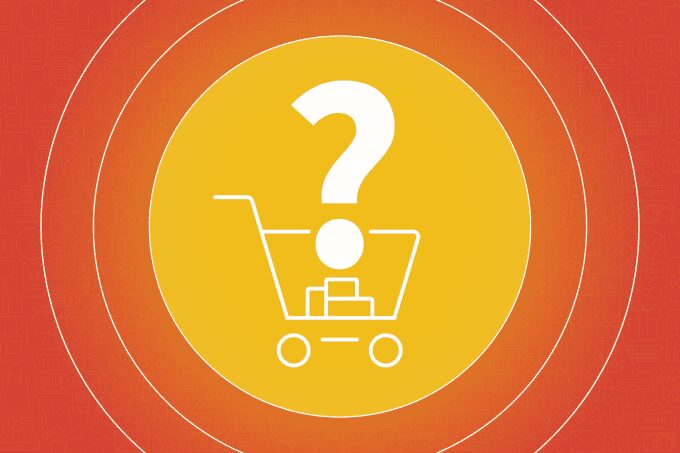
Along with exit intent pop-ups, reminder emails can be another way to convince on-the-fence consumers to return and buy the items in their shopping carts. These emails work best when they’re highly customized, sent within a day of cart abandonment, and include a discount.
17. Start a Facebook Store
Facebook is a community of 1.7 billion users, and some of them like to shop without leaving Facebook. Give them the chance to buy your products directly from the Facebook site.
18. Strategically Use Customer Reviews

As with user-generated content, reviews from peer users can help convince your potential customers that real people think your products are good. With permission, use customer reviews in your emails and landing pages as well as paid ads.
19. Upsell and Downsell
When your customer gets ready to buy, show them related, upgraded, or less-expensive options they may want to purchase. After the sale, send your customer a thank-you email that includes related products and accessories. You might offer a discount in the follow-up email.
20. Use Remarketing
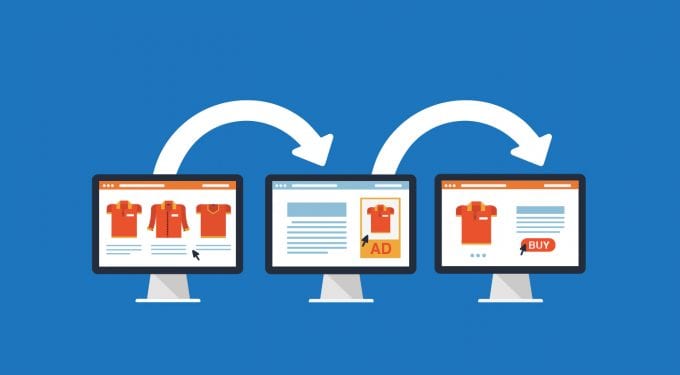
Some platforms, including Google and Facebook, allow you the option of attaching a string of code to products a customer viewed in your eCommerce store so these products can show up again while they use Google and Facebook. Offer potential buyers a coupon code or show them products related to the ones they looked at previously.
If you want help with your eCommerce site to learn more here.









